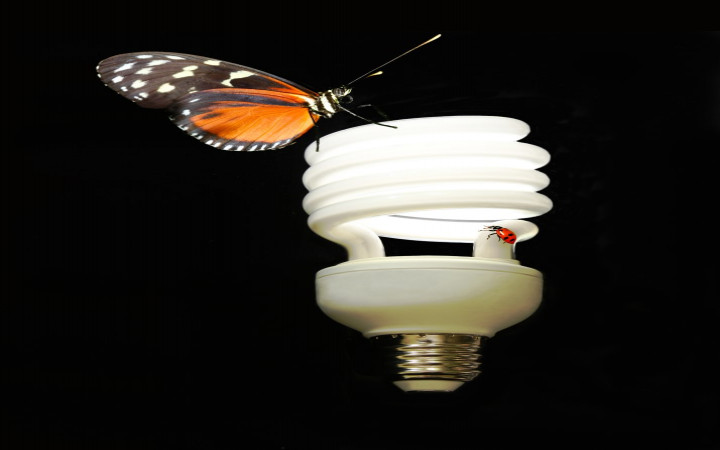Today’s Wonder of the Day was inspired by Rinnah . Rinnah Wonders, “Why Are Bugs Attracted to Light? ” Thanks for WONDERing with us, Rinnah !
Ahh…summer! There’s nothing quite like the warm weather to get you outdoors. The days are longer, so you can stay outside and play until almost bedtime. When the Sun finally sets, it’s the perfect time to sit out on the porch to enjoy the cool breeze as the temperature begins to drop.
If you’re like many kids, you might want to turn on the porch light and grab a book to read. Of course, you might not be able to sit out and read for very long if some unwelcome guests arrive. What are we talking about? The bugs attracted to the porch light, of course!
If you’ve ever spent much time outside after dark on a summer night, you’ve probably noticed how certain bugs are attracted to light, whether it’s a porch light, a streetlight, or a campfire flame. Some bugs just seem drawn to and mesmerized by these lights. What’s up with that?
Science doesn’t yet have a final answer for why moths, flies, and other insects. There are several theories that might explain why certain insects seem attracted to light.
Something called phototaxis explains how creatures respond to light with motion. Insects--like moths--that move toward lights are positively phototactic. Other insects--like cockroaches--that move away from lights, are negatively phototactic.
One of the most popular theories says that positively phototactic insects move toward lights because they act like a guide. Many insects find their way by keeping a natural light source, such as the Sun, in their sights.
Unfortunately, when they come across an artificial light, insects can become confused easily. They may mistake a light fixture for the Sun or the Moon. Rather than keeping a natural light source as a guide, these insects instead try to keep the artificial light at a constant angle.
Since the man-made light sends beams in all directions, insects can’t keep the light at the right angle. This causes insects to circle around and around the artificial light, which must confuse and frustrate them.
Scientists have come up with many other ideas that might explain insects’ light-loving behavior. For example, some believe man-made lights merely light a clear path for insects to follow. Rather than flying around in the dark trying to avoid things, they instead head directly for lights because they can see where they are going.
Other scientists believe some insects may mistake artificial lights for flowers. How can that be? Scientists know that some flowers reflect ultraviolet light. Since an artificial light also emits a small bit of ultraviolet light, some insects may mistake it for a flower, thinking it’s a source of food!




